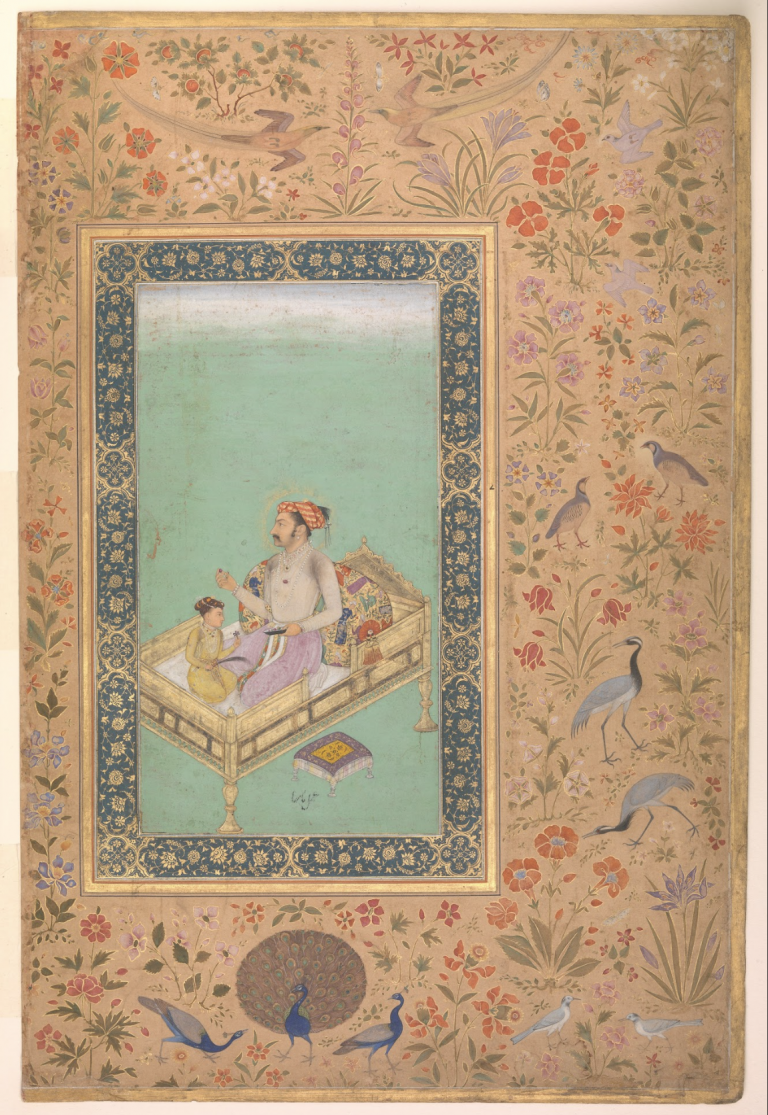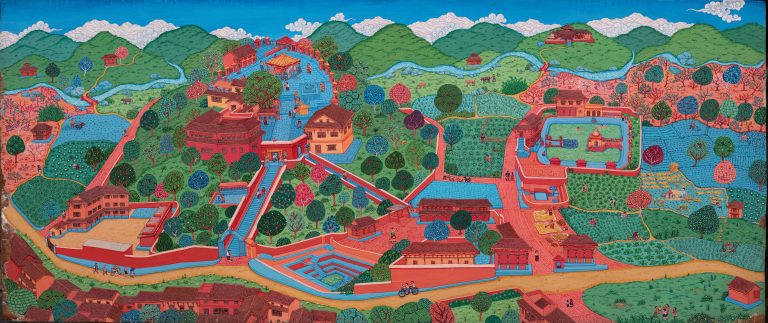Introduction Text by Gopal Mirchandani
When I visited the gala opening of Jehangir Sabavala’s well-curated retrospective at the NGMA in Mumbai one winter evening in 2005, I came to witness, all at once, a lifetime of works by the octogenarian artist which I eventually reviewed.

While at the show, lines from Ranjit Hoskote’s book on Sabavala kept harking back to me. “Sabavala has had no patience with the fluctuations of fashion; nor has he permitted such oppressive factors as an ideology or political necessity to determine the tenor and direction of his work. He has always worked at a tangent to the main currents of contemporary Indian art, standing apart from schools and movements, guided by an inner logic of transformation.”
Born in Mumbai, Sabavala was the scion of one of the wealthiest, Westernised Parsi families of the city. Initially educated at the Sir J J School of Art, he went overseas in 1945 for further studies, first to London and then to Paris. He returned to Mumbai in 1951, with training in the Academic, Impressionist and Cubist styles of European art.

It was lazily believed that Sabavala was a cubist. Few know that in an encounter with the well known Delhi based Hungarian art critic Charles Fabri in early 1964, the latter asked the artist “where will you go from here?” That question was like a clarion call for Sabavala and this led to the development of his own distinctive visual language. This was evident from the retrospective as one got a little shock on how dramatically he changed from period to period.
On going through the archival material of the artist, I came across a fascinating piece by Dnyaneshwar Nadkarni on Sabavala’s show in June 1969, organised by Gallery Chemould. This probably marked a period when he was well on his way to developing his own visual language. It was also the period where the works of this Indian artist later travelled and exhibited overseas at the Commonwealth Institutes in London and Edinburgh.
Dnyaneshwar Nadkarni: Catalogue of Jehangir Sabavala
Gallery Chemould, Bombay, June 1969
An established artist in his late forties, Jehangir Sabavala stands a little away from the two most noticeable currents of contemporary Indian art. He belongs neither to those pursuing so-called indigenous imagery with an already played out folk origin not to the unambiguously westernized, sometimes self-consciously experimental avant-garde. His long years in Europe gave his work, early in his career, a sophistication which distinguishes his style from the safely academic without, at the same time, linking it with the fast discarded mannerisms of the pre-war modernist schools.

Sabavala’s current exhibition includes work primarily based on an intensely personal study of the Indian landscape. But it eschews both realism and impressionism in an effort to catch the distilled essence of typically Indian skies and topography. Studying the myriad colour patterns of a changing horizon, Sabavala tries to invest the scene—whether it be a phalanx of wood-studded mountains, a lush green field or an estuary with a hint of sailing boats in distance—with a metaphysical awareness.

This impression is accentuated not only by the imminent merging of hard outlines but by the stray, apparition-like human figures which one notices mapping the landscape. Architecturally, there is little difference between these human forms and the leafless tree shapes. Indeed, the salient quality of a Sabavala painting is its architectonic structure, inseparable as it is from its meticulous colour scheme.
It is essential to understand that this art is as much Indian as the now traditional, folk-motivated art with which western gallery-goers seem to be familiar. The difference is that Sabavala’s work travels beneath the surface and catches visually the spirit of this ancient mass of land called India. It is not surprising that, in effect, it projects a universally valid image of nature itself. Its controlled lyricism is characteristic of the new directions which are discernible in the Indian art of the sixties.

Bombay, June, 1969
NOTE: The images are not part of the above mentioned exhibition and are only used to illustrate the article.













